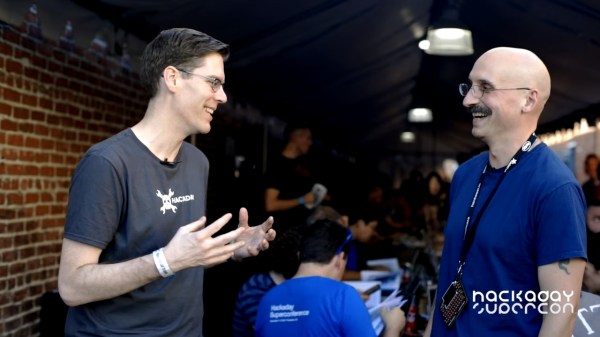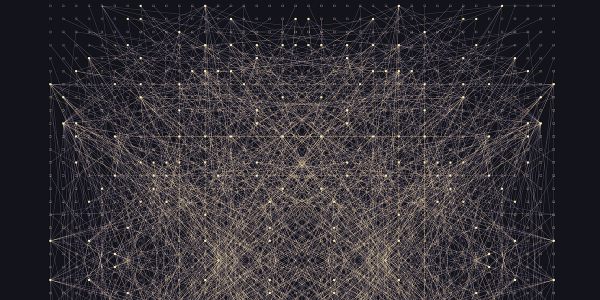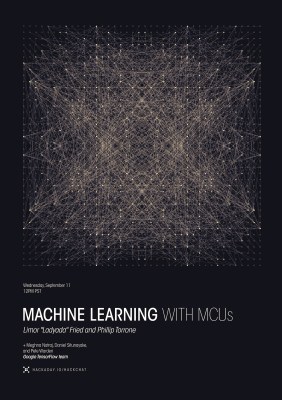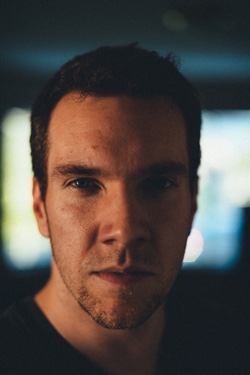In less than four days, the fifth Hackaday Superconference kicks off in Pasadena, California, and it’s shaping up to be a hoot. With a cavalcade of exciting workshops and talks on offer, hackers and makers are pouring in from across the globe for this celebration of software, firmware, and hardware.
Of course, the real gift of Supercon is the personalities which make up this awesome community. [Sam Zeloof] is one such luminary, well known for producing his very own silicon integrated circuits in his parent’s garage. Not content to keep this knowledge to himself, [Sam] gave an amazing talk at the 2018 Supercon on just what goes into creating your own silicon fab on a budget.
Our very own [Mike Szczys] caught up with [Sam] for an interview, discussing being inspired by the work of [Jeri Ellsworth], as well as the finer points of getting into lithography at home. [Sam] will be in attendance at the 2019 Superconference, of course. While he won’t be on the speaking circuit this year, his brother [Adam] will be presenting a talk called Thermodynamics for Electrical Engineers: Why Did My Board Melt (And How Can I Prevent It)?, which is sure to be a must-see.
You really should be there, but alas tickets have been sold out for almost two months! Never fear, we’ll be livestreaming the event. Be sure to subscribe to Hackaday on Youtube to be notified when it all kicks off, around 10 AM Pacific Time on Saturday, November 16th. If you scored tickets and are heading to Supercon, we can’t wait to see you there — the badge hacking begins early Friday morning.
Be sure to check out Sam’s interview after the break!



















